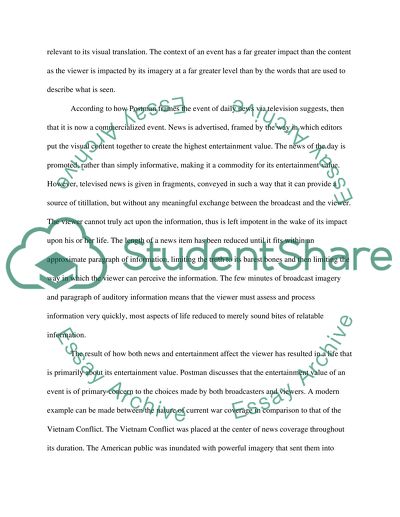Cite this document
(“Amusing Ourselves to Death: Public Discourse in the Age of Show Book Report/Review”, n.d.)
Retrieved from https://studentshare.org/family-consumer-science/1415259-amusing-ourselves-to-death-public-discourse-in-the
Retrieved from https://studentshare.org/family-consumer-science/1415259-amusing-ourselves-to-death-public-discourse-in-the
(Amusing Ourselves to Death: Public Discourse in the Age of Show Book Report/Review)
https://studentshare.org/family-consumer-science/1415259-amusing-ourselves-to-death-public-discourse-in-the.
https://studentshare.org/family-consumer-science/1415259-amusing-ourselves-to-death-public-discourse-in-the.
“Amusing Ourselves to Death: Public Discourse in the Age of Show Book Report/Review”, n.d. https://studentshare.org/family-consumer-science/1415259-amusing-ourselves-to-death-public-discourse-in-the.


